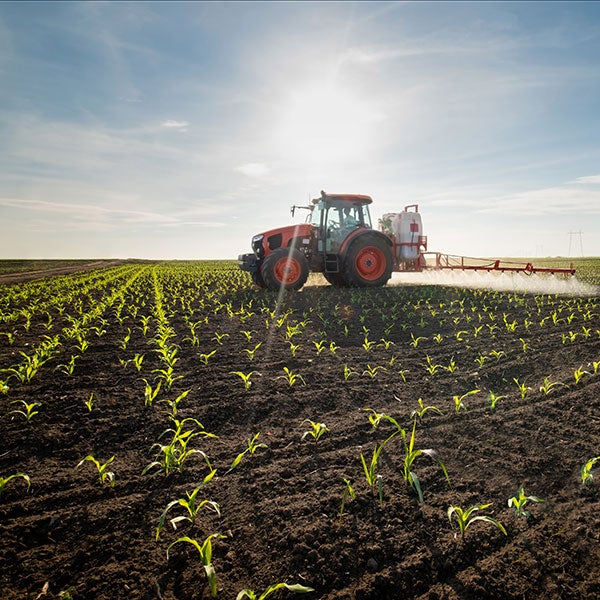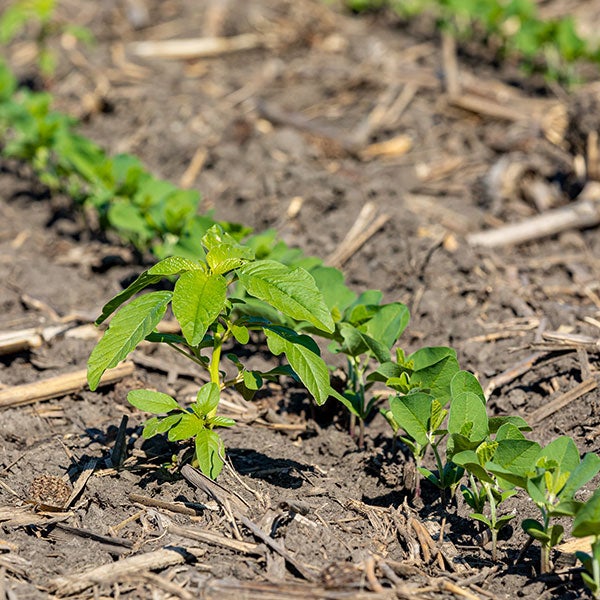
Stop Resistant Weeds Before They Start
 Resistant weeds continue to march across the country, threatening yields and grower profits. No matter where you’re located, it’s important take preemptive steps to keep these challenging weeds from establishing a foothold.
Resistant weeds continue to march across the country, threatening yields and grower profits. No matter where you’re located, it’s important take preemptive steps to keep these challenging weeds from establishing a foothold.
Kevin Erikson, a Wilbur-Ellis sales representative located in Salem, S.D., stresses the need for controlling weeds before they emerge as the best way to combat resistance and gain control.
“You have a 100 percent chance of killing weeds if you get them before they emerge,” Erikson said. “Once they’re out of the ground, weather becomes a big factor. Weeds grow quickly and if it’s raining or too windy for herbicide application, you can easily miss your window for good control.”
Use Multi-Layered Treatments
Erikson’s weed treatment recommendations for no-till fields begin right after corn and soybean seed is planted.
“After the seed is in the ground, we apply a burndown treatment for any weeds that happen to emerge early season,” he explained. “Then we’ll layer in our pre-emerge herbicides, going with a minimum of two—ideally three—different modes of action. Our post-emergent spray timing is made 21 to 28 days after we make the pre-emergent application.”
Erikson recommends a two-fold strategy for post-emergent applications. “We always include a contact herbicide to catch any escaped weeds from the pre-emerge treatment. And then we add another layer of pre-emergents in the tank mix to keep in-season weeds from emerging,” he noted.
These layered treatments are especially important when combating tough weeds that have already become resistant to some modes of action.
“Because of the shift in weed species over the last 20 years, resistant waterhemp has become a big problem in our area,” Erikson noted. “Waterhemp emerges later in the season, typically after the post-emergent treatment has been made. Residual herbicides in that post-emergent treatment deliver the most effective protection.”
Help Treatments Work Harder
Erikson recommends following herbicide label recommendations closely when it comes to including adjuvants in the tank mix to enhance performance.
“At Wilbur-Ellis, we spend a lot of time researching which products will make herbicides work better, whether it’s helping get the chemistry into the plant more efficiently for quicker burndown or helping pre-emergents stay in the soil longer,” he said. “All the products we recommend have been shown to provide a good return on investment for the grower.”
For example, adding EFFICAX® to the spray tank has been shown to increase herbicide coverage, adhesion and absorption as well as improve residual activity in the soil to extend weed-control protection.
Start Clean, Stay Clean
Whether growers use tillage or no-till methods, it’s important to control weeds from the beginning of the season and beyond.
“If tillage is being used, do a good job of controlling that first weed flush because it’s easier to keep a field clean than playing catch-up later on,” Erikson said. “Late fall/early winter is a good time to start control for the following season with a post-harvest application that keeps winter annuals under control. It makes a big difference for starting out clean in the spring.”
Contact your local Wilbur-Ellis representative for more weed control tips.

